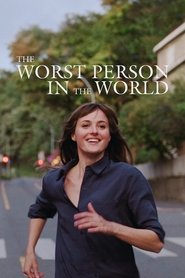
The Worst Person in the World is a Coming-of-Age Film for Millennials Review
The Worst Person in the World, Joachim Trier’s new film, has a really natural beauty to it, like witnessing real life play out with all of its messy emotions, blunders, and aggravating personalities. The Norwegian romantic dramedy is set in modern-day Oslo and feels like a mirror of the city itself: vibrant yet muted. The film follows Julie (Renate Reinsve) for four years, from her late twenties to her early thirties, as she seeks contentment in her profession and her relationships.
The film completes Trier’s informal Oslo trilogy, which began with Reprise and ended with Oslo, 31. It premiered at the Cannes Film Festival in 2021, but it was also screened at Sundance last month and was picked as Norway’s Oscar submission for Best International Film. It is now fully available to the broader public.
The film was broken into 12 chapters by writers Lars Trier and Eskil Vogt, with a prologue and epilogue on either side. Julie is dropping out of medical school to study psychology when we first meet her, but that doesn’t last long before the once talented student decides to become a photographer. She will eventually try her hand at writing while working at a bookstore. Despite being brilliant and amusing, she appears to be unable to find something that fulfils her, always searching for something else.
Julie believes Askel (Anders Danielsen Lie), a 15-year-old graphic writer, may be the answer when she meets him. They fall in love and move in together, but she is restless while he is eager to settle down. After an awkward get-together with Askel’s older pals, she doesn’t believe she fits in with them and is doubtful if she wants to have children. While that is not unusual for someone her age, her older partner would like to have the same experience as his friends.
Julie is drawn to Eivind (Herbert Nordrum), a barista her own age, while crashing a wedding celebration. The two actors’ strong chemistry helps persuade the audience of their immediate bond. Eivind is also in a relationship, but they leave their spouses to be together because they believe they have discovered something wonderful.
Despite the fact that the two men are so dissimilar, Julie has problems in her new relationship and, after watching him on television in an interview about his work, she finds herself wondering about her ex-boyfriend. Despite the film’s romance, it isn’t really a love storey – neither Askel nor Eivind can supply Julie with the purpose she seeks. The connections we see aren’t overly romanticised, as they frequently are on film, but rather feel more like those you may see amongst friends.
The Worst Person in the World addresses a number of serious issues, including Julie’s employment challenges, alienated connection with her neglectful father, and mixed thoughts about being a mother, to mention a few. Julie, on the other hand, does not appear to have any friends to provide us with a more complete picture of her life or to allow her to reflect. It can be difficult to grasp Julie’s thoughts at times, partly because she appears to have no one to talk to about it, no female companions to show us the type of woman she admires. We have as much insight into the character as we do because of Reinsve’s ability to tell us how Julie is feeling through her facial expressions.
Through his characters, who are as messy and flawed as any actual person, Trier reflects on life, love, age, and mortality. This sense of yearning for something to give your life meaning will be familiar to anyone in their late twenties or early thirties. All three key performances, but especially Reinsve and Lie, show all of their emotions with a naturalness that is incredibly compelling.
The film contains a few highly stylised passages that were expertly crafted by cinematographer Kasper Tuxen and editor Oliver Bugge Coutté. One in particular follows Julie into a drug-induced coma after she, Eivind, and a few pals consume the magical mushrooms she uncovers in her boyfriend’s apartment. Julie’s fears about her father, ageing, and her body are revealed in a creative, if scary, way during the trip.
The film can feel as aimless and disappointing at times as its heroine, yet it is a representation of life’s messiness. It is a pleasant reminder that most people do not have their lives all worked out by the time they reach the age of 30. If Trier’s goal with The Worst Person in the World was to create a coming-of-age storey for people in their late twenties and early thirties, he accomplished admirably.
Genre: Comedy, Drama, Movie Reviews, Romance
Director: Joachim Trier
Actors: Anders Danielsen Lie, Hans Olav Brenner, Helene Bjørnebye, Herbert Nordrum, Maria Grazia Di Meo, Renate Reinsve, Vidar Sandem
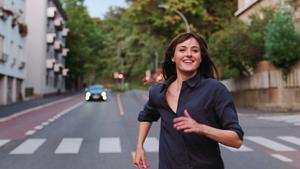
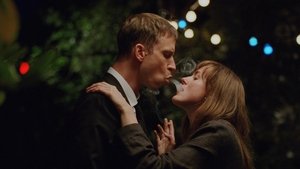
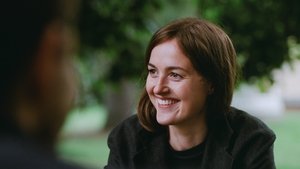



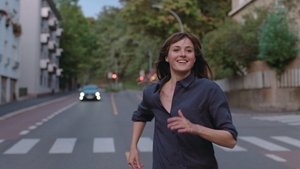
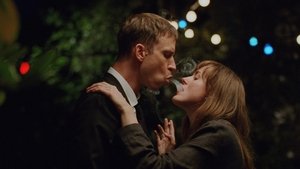
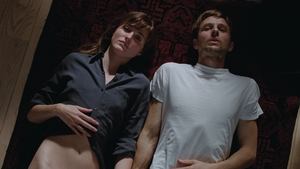






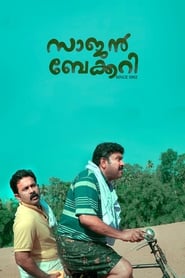
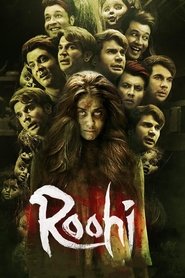




Leave a Reply
You must be logged in to post a comment.